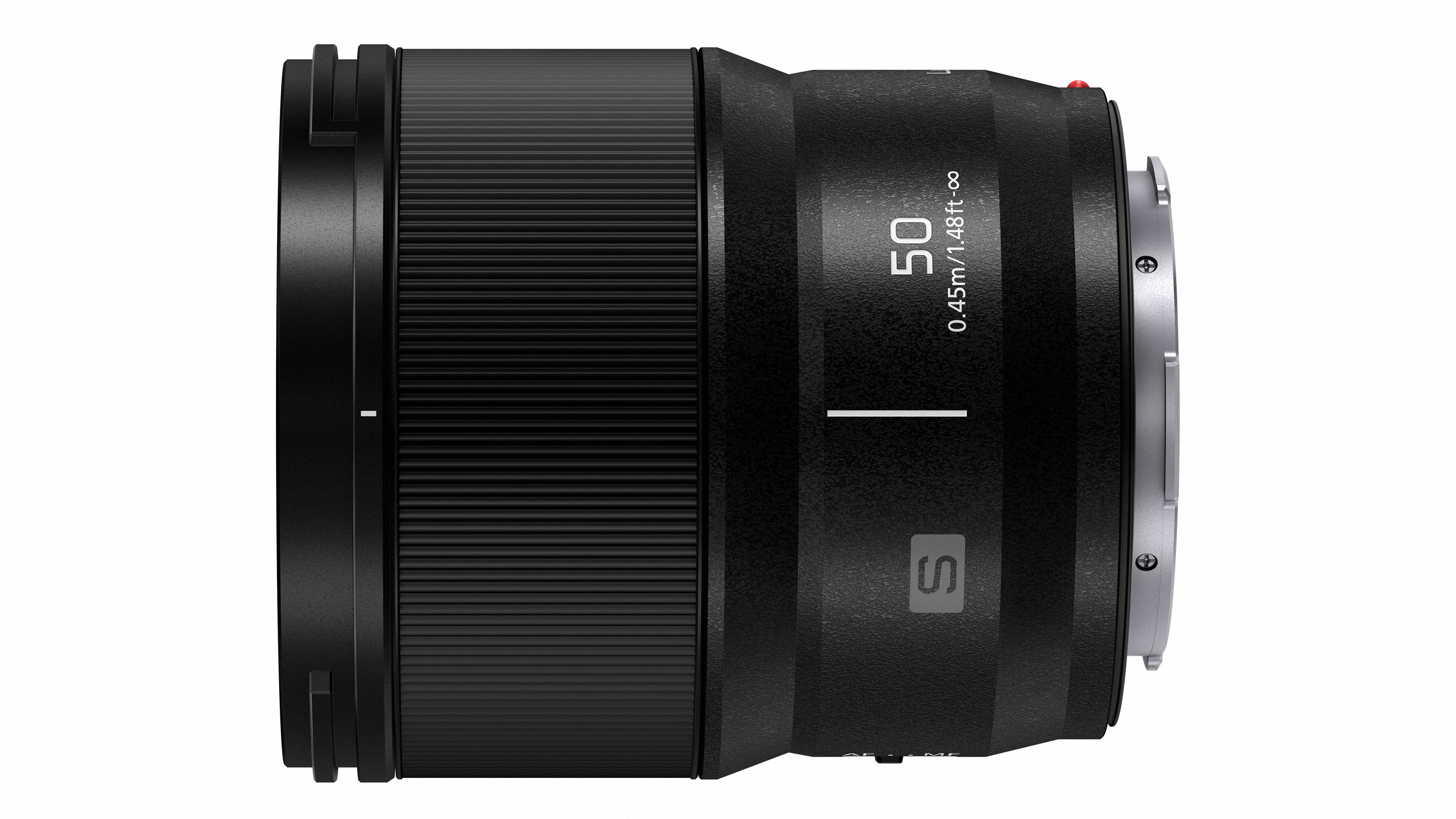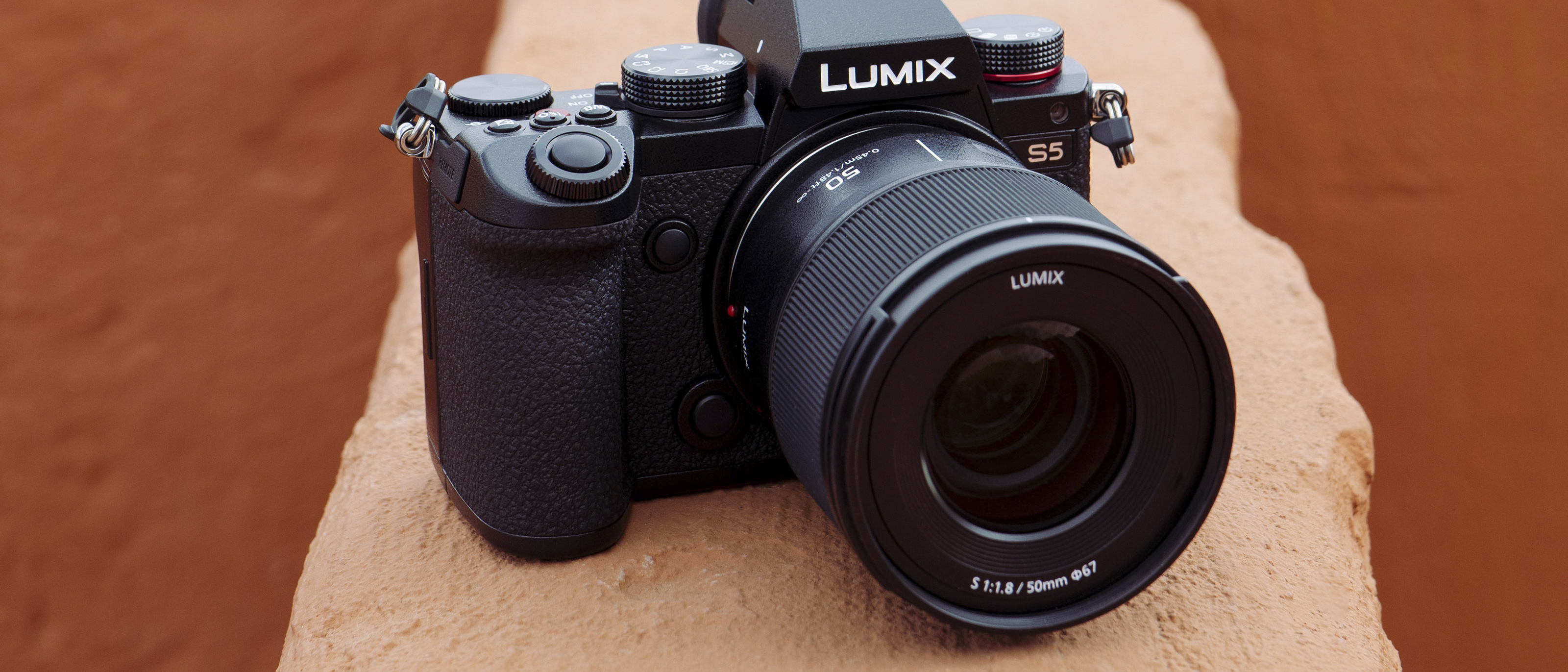Digital Camera World Verdict
The simple design gives this 50mm lens an approachable user experience - it's uncomplicated and functional, which is what most of the target usership will be looking for, when seeking to buy. It feels tough, is perfectly balanced on pro LUMIX cameras and delivers excellent image quality - enough to keep the most discerning pros happy. If you can go without the S - line construction however it does start to look a little expensive, since other 50mm f/1.8 lenses can be found for less than $200/£200.
Pros
- +
Weather resistance
- +
Autofocus speed
- +
Simple design
- +
Image quality
Cons
- -
Bokeh could be better
- -
Quite expensive
- -
No integrated optical stabilization
Why you can trust Digital Camera World
A 50mm lens is still seen as a universal 'standard' focal length optic, meaning it offers a similar field of view to the human eye when used on a full-frame camera, and is therefore useful for a wide range or practical everyday functions. Due to the often (comparatively) simple design of the optical system these lenses can be found for a surprisingly low price as far as lenses are concerned.
The most common lenses in this category are the 50mm f/1.8 models, which many consider essential items in the new photographer's kitbag. The wide aperture enables greater volumes of light to reach the host camera's sensor, allowing steadier, lower noise images in low light conditions. The low f/stop also opens up a world of shallow depth-of-field imaging, which is an ideal match for portrait shots and candid event photography.
While lenses of this focal length can be found with even wide apertures, such as f/1.4, f/1.2 or even f/1.0, these are larger, heavier and considerably more pricey. Most of the leading camera and lens brands feature a 50mm f/1.8 and Panasonic is no exception. With a price tag of over $440/£400 however, this is by no means an insubstantial investment. So just what does this money get you?
See also: Panasonic LUMIX S PRO 50mm f/1.4 review
Specifications



Lens mount: L mount
Full frame: Yes
Autofocus: Yes
Image stabilization: No
Elements/construction: 9 Elements in 8 Groups
Angle of view: 47°
Max aperture: f/1.8
Min aperture: f/22
Min focus distance: 0.45m
Filter size: 67mm
Length: 82mm
Diameter: 73.6mm
Weight: 300g
Build and handling
Often, thanks in no small way to the term nifty fifty, which we didn’t miss the opportunity to use above, 50mm f/1.8 lenses tend to be viewed as cheap and cheerful entry-level optics. This doesn't have to mean low quality though - one of the great things about these optics is that the price to sharpness ratio is excellent.
This lens from Panasonic’s S line feels a lot more substantial than many rivals from other manufacturers, such as the Canon EF 50mm f/1.8 STM. It offers a pro-grade handling experience, as suggested by the S-designation. The metal lens mount and solid barrel construction set it apart from similar lenses, and is more in line with the pro-oriented f/1.4 and f/1.2 types. Although plastic is used in the barrel it doesn't feel flimsy, nor does it depress when pressure is applied. This makes it feel balanced when mounted on camera bodies such as the Lumix S1H.
The best camera deals, reviews, product advice, and unmissable photography news, direct to your inbox!
The weight, whilst certainly greater than the aforementioned DSLR equivalents, is more a benefit than a drawback - it lends a sense of confidence. If you are going to shoot with it on a Pro Lumix body it needs to feel more than a match for the weather sealing and shock resistance provided by that base camera system. The good news the Lumix S 50mm f/1.8 ticks this box. The build incorporates dust, moisture and freeze resistance, meaning we felt at home using it in the rain.
The full-time manual focus ring is also a giveaway that Panasonic intends for the product to be used by working professionals. It’s smooth to operate, with a nice resistance to it.
Performance
As you’d expect from a 50mm prime, sharpness is above average and zooming in on captured images reveals a tonne of fine detail. This is maintained fairly well across the frame, to the very edges. Happily this applies to images shot wide open, at f/1.8 - a setting at which many photographers who would buy this optic would want to spend a great deal of time shooting. Stopping down improves things even more, although the effect at the centre of the frame is minimal. Most of the advantages are seen in the corners of the shot.
Aberrations such as fringing are kept to a minimum, as is distortion. Chromatic aberration is all but absent along high contrast edges and that which can be found by pixel peeping can be instantly and non-destructively removed in RAW processing. Color rendition is accurate and levels of contrast are attractively high too, making the glass ideal for portraits and landscapes alike.
Bokeh is going to be a selling point for a lens of this ilk as it will be a well-used optic for portraits. Out of focus highlights are generally rounded, thanks to the circular, 9-bladed aperture diaphragm. This gives diffused areas a softened, creamy appearance generally considered ideal for this type of imaging - the lens gains a point in this respect. Towards the edges of the frame there is some noticeable 'cat's eye' compression however, where rounded highlights take on a squashed, elliptical form. It's not a deal breaker but is something to be aware of, since it could be said that we expected a slightly better performance for an optic at this price point.
AF is pretty quick and silent when racking focus. The elements are seamlessly moved from near to far objects, with little hesitation or focus hunting. This will of course be welcome for video shooters, of whom there are many amongst the LUMIX system users. Focus breathing is also fairly well controlled.
Sample images
Verdict
The simple design gives this 50mm lens an approachable user experience - it's uncomplicated and functional, which is what most of the target usership will be looking for, when seeking to buy. It feels tough, is perfectly balanced on pro LUMIX cameras and delivers a commendable image quality – enough to keep the most discerning pros happy. If you can go without the S-line construction however it does start to look a little expensive, since other 50mm f/1.8 lenses can be found for less.
Panasonic LUMIX S PRO 16-35mm f/4 review
The best L-mount lenses in 2022
As the Editor for Digital Photographer magazine, Peter is a specialist in camera tutorials and creative projects to help you get the most out of your camera, lens, tripod, filters, gimbal, lighting and other imaging equipment.
After cutting his teeth working in retail for camera specialists like Jessops, he has spent 11 years as a photography journalist and freelance writer – and he is a Getty Images-registered photographer, to boot.
No matter what you want to shoot, Peter can help you sharpen your skills and elevate your ability, whether it’s taking portraits, capturing landscapes, shooting architecture, creating macro and still life, photographing action… he can help you learn and improve.










